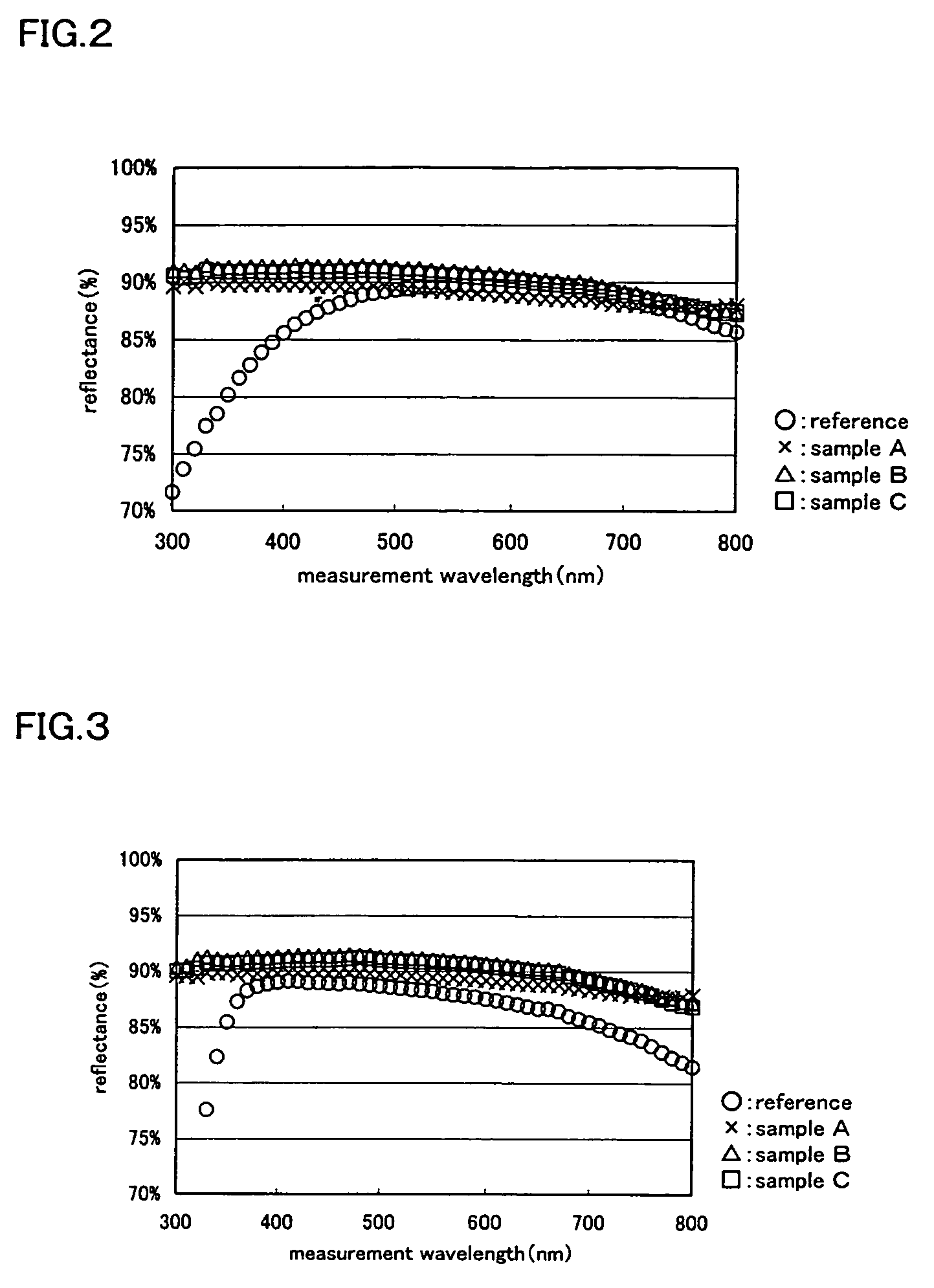Semiconductor device having a wiring including an aluminum carbon alloy and titanium or molybdenum
a technology of silicon dioxide and semiconductor devices, which is applied in the direction of semiconductor devices, instruments, electrical apparatus, etc., can solve the problems of reducing the ohmic contact of ito, deteriorating the operation of tft, and oxidizing aluminum, so as to prevent the projection, improve the ohmic contact, and prevent the effect of projection
- Summary
- Abstract
- Description
- Claims
- Application Information
AI Technical Summary
Benefits of technology
Problems solved by technology
Method used
Image
Examples
embodiment mode 1
[0059]In Embodiment Mode 1, the present invention is described with use of an example of an active matrix light-emitting device.
[0060]FIG. 1 is a partially enlarged cross sectional view of a pixel portion in a light-emitting device. Hereinafter, a manufacturing process of a semiconductor device having a light-emitting element shown in FIG. 1 is described.
[0061]A base insulating film 11 is formed over a substrate 10. In the case where light is emitted through the substrate 10 to exhibit images on a display surface, the substrate 10 may be formed of a glass substrate or a quartz substrate that is light-transmitting. Further, a heat-resistant plastic substrate which is light-transmitting and which can withstand a processing temperature may be used. Alternatively, in the case where a surface opposite to the substrate 10 is used as a display surface to emit light therethrough, the substrate 10 may be formed of a silicon substrate, a metal substrate, or a stainless steel substrate having ...
embodiment mode 2
[0103]An example of forming a transparent conductive film and an electrode having a three-layer structure in an order different from that of Embodiment Mode 1 is described with reference to FIG. 4.
[0104]The process up to forming the planarizing insulating film 16 is similar to that of Embodiment Mode 1, and thus detailed description thereof is omitted. In addition, the same portions as those in FIG. 1 are shown in FIG. 4 by the same reference numerals as those in FIG. 1.
[0105]According to the process of Embodiment Mode 1, the planarizing insulating film 16 is formed. Then, a transparent conductive film is formed and patterned to form first electrodes 423R and 423G.
[0106]After that, the planarizing insulating film 16 is selectively etched to form a contact hole that reaches a p-type high-concentration impurity region 17. A molybdenum metal film is formed to be in contact with the first electrode and the p-type high-concentration impurity region 17. Then, an aluminum film and an alumi...
embodiment mode 3
[0114]An example of forming an insulating film between a transparent conductive film and an electrode having a three-layer structure is described hereinafter with reference to FIG. 5.
[0115]The process up to forming an electrode including first, second and third conductive layers 22a, 22b, 22c is similar to that in Embodiment Mode 1 and thus, detailed description is omitted. In addition, the same portions as those in FIG. 1 are shown in FIG. 5 by the same reference numerals as those in FIG. 1.
[0116]According to the process shown in Embodiment Mode 1, an electrode having a three-layer structure is formed. Thereafter, a planarizing insulating film 520 to become a third interlayer insulating film is formed. An insulating film such as siloxane having a skeleton structure of silicon (Si) and oxygen (O) formed by a coating method is used as the planarizing insulating film 520. Here, the planarizing insulating film 16 itself is not required to be flat, because the planarizing insulating fil...
PUM
| Property | Measurement | Unit |
|---|---|---|
| thickness | aaaaa | aaaaa |
| thick | aaaaa | aaaaa |
| thick | aaaaa | aaaaa |
Abstract
Description
Claims
Application Information
 Login to View More
Login to View More - R&D Engineer
- R&D Manager
- IP Professional
- Industry Leading Data Capabilities
- Powerful AI technology
- Patent DNA Extraction
Browse by: Latest US Patents, China's latest patents, Technical Efficacy Thesaurus, Application Domain, Technology Topic, Popular Technical Reports.
© 2024 PatSnap. All rights reserved.Legal|Privacy policy|Modern Slavery Act Transparency Statement|Sitemap|About US| Contact US: help@patsnap.com










